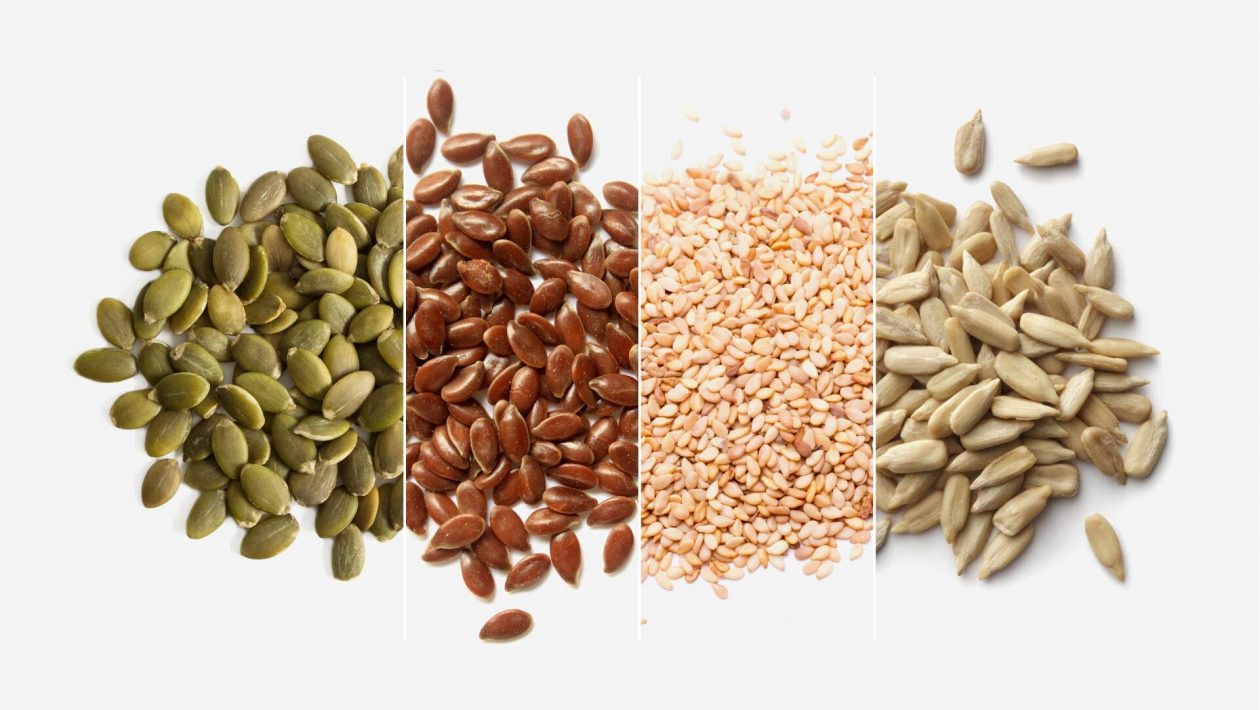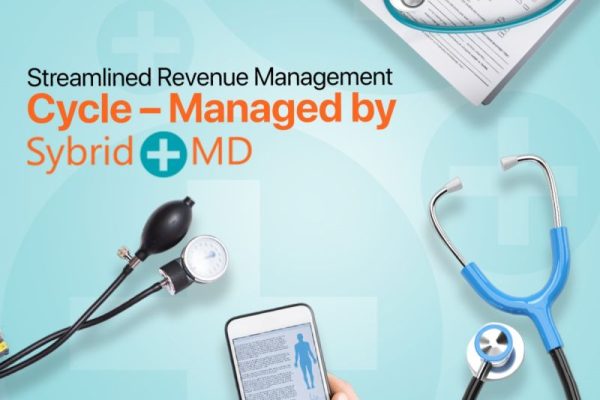Table of Contents
Women across the globe face daily issues caused by unbalanced hormones such as ovarian cysts, endometriosis, amenorrhea, and Polycystic Ovary Syndrome (PCOS). Hormones also have a direct impact on the menstrual cycle, mood, skin and energy levels.
Since hormones are a crucial part of our body’s regular function, balancing hormones is necessary for optimal bodily function. An easy way to balance hormones is through diet and exercise. There are inexpensive options such as seed cycling that can help further boost hormone health. Seed cycling has proven to reduce symptoms associated with menstrual disorders, help to regulate your cycle and improve PMS, which makes it a practical option for nearly all women.
Seed Cycling Defined
Seed cycling is the process of introducing various seeds into your daily meals, depending on the current phase of your menstrual cycle. Estrogen and progesterone are two primary hormones that rise and fall during your cycle, and the nutrients in specific seeds can help to balance out your bodies natural levels of these key hormones.
Estrogen, commonly known as the sex hormone, rises during the first half of your cycle while progestreone, the steroid hormone, rises in the second half. Many women have found regularity in their cycles, breast pain reduction, and other menstrual disorder relief when they incorporated foods that encourage hormonal fluctuation. Essentially, seeds help balance hormonal rhythms and improve quality of life while menstruating.
How Seed Cycling Works
Throughout your cycle, your body’s nutritional needs change. There has been research that supports how certain nutrients can balance hormones in women with a variety of hormonal health complications. Some seeds possess the nutrients needed when your body’s cycle progresses. For example, a NCBI study found flax seeds can extend the luteal phase. This assists in improving ovulation symptoms like cramping.
Pumpkin seeds contain zinc, which increases production of progesterone in the body. This allows the uterine lining to thicken it’s walls. By introducing these seeds to your diet, women improve PMS, fertility and sleeping patterns in an all natural way. Seed cycling can even help to begin cycles for women who don’t regularly experience them.
Starting Your Seed Cycle
The first step in starting your seed cycle is understanding your own menstrual cycle. Everyone is different, so staying aware of your body’s rhythms can help you decide if seed cycling is a good fit. Journaling or tracking your cycle through an app can be an excellent resource to refer to throughout your seed cycling process.
Seed cycling can be helpful for people who have just gotten off birth control, those struggling with irregular periods or even hormonal acne. If you’ve decided seed cycling is good for your hormonal health, read on for more specifics on which seeds are ideal for each phase.
Follicular Phase
Odds are you’re probably familiar with the first stage of the menstrual cycle: the follicular phase. The follicular phase can last between 11-27 days and start on the first day of your period. In this phase, your body prepares to release an egg and estrogen levels are high. This means your diet should consist of foods that support high estrogen levels.
Two seeds that balance high hormone levels are pumpkin and flax seeds, which should be eaten everyday in 1-2 tablespoon amounts. Pumpkin seeds contain zinc, a mineral for progesterone production, which can help prepare your body for the second cycle phase. Flax seeds contain lignans, which assist in releasing estrogen from the body. Incorporating both pumpkin and flax seeds can balance hormone levels in a cost-effective way.
Some miscellaneous nutrition tips for the follicular phase include:
- Consume foods that are high in vitamin E such as avocados
- Eat food with omega-3s like wild fish or organic beef
Luteal Phase
The second phase of the menstrual cycle is known as the luteal phase. This phase starts once ovulation ends and generally lasts 12-14 days. Progesterone is released during this phase, encouraging the expansion of the uterine wall, so that a fertilized egg can establish itself. This phases enables women to get pregnant.
Two seeds that increase progesterone levels are sesame and sunflower seeds, which should also be consumed in 1-2 tablespoons everyday. Sesame seeds contain omega-6 acids, which can permit the body to regulate hormone levels. Sunflower seeds possess selenium acids that help function the liver. This assists the body in ridding of surplus estrogen.
Some miscellaneous nutrition tips for the luteal phase include:
- Consuming ground foods which calm the body
- Reducing processed carb consumption because they cause hormone imbalance
- Aerobic exercises like walking to decrease stress levels
Seed Cycle Timeline
Now that you’re ready to jump to it, let’s discuss how to seed cycle. A standard timeline for seed cycling is three months. Three months has proven to be effective in regulating spotty cycles, mood swings and PMS. Don’t stress if your speed cycle timeline needs to be shortened or lengthened. Remember all people are different. A three month cycle month is simply an average timeline for when people start noticing the benefits.
Start your seed cycling on the first day of your menstrual cycle and add the seeds in 1-2 tablespoon quantities to regular meals. Some people have found grinding the seeds before cooking with them helped with absorption. Grinded seeds can be easily added to fruit or vegetable smoothies, and baked goods. If the taste or texture of seeds bother you, this could be the most suitable consumption option.
If you’re already a seed fan, whole seeds can compliment salads, yogurt bowls and pastas. Many people even pack pumpkin seeds as a midday snack. Try different recipes to find your favorite meal with seeds. This can be a fun process to try with some close female friends!
Whether you eat them baked into pastries or on top of an acai bowl, seeds contain nutrients that manage hormonal health. The most important aspect of seed cycling is consuming 1-2 tablespoon of each seed daily. This could increase the likelihood of seeing the benefits by the three month mark. Check out the Snap Kitchen infographic below for more tips on how to schedule your seed cycle.






Super interesting to learn about! I recently got off hormonal birth control so tips to help regulate my cycle are much appreciated.